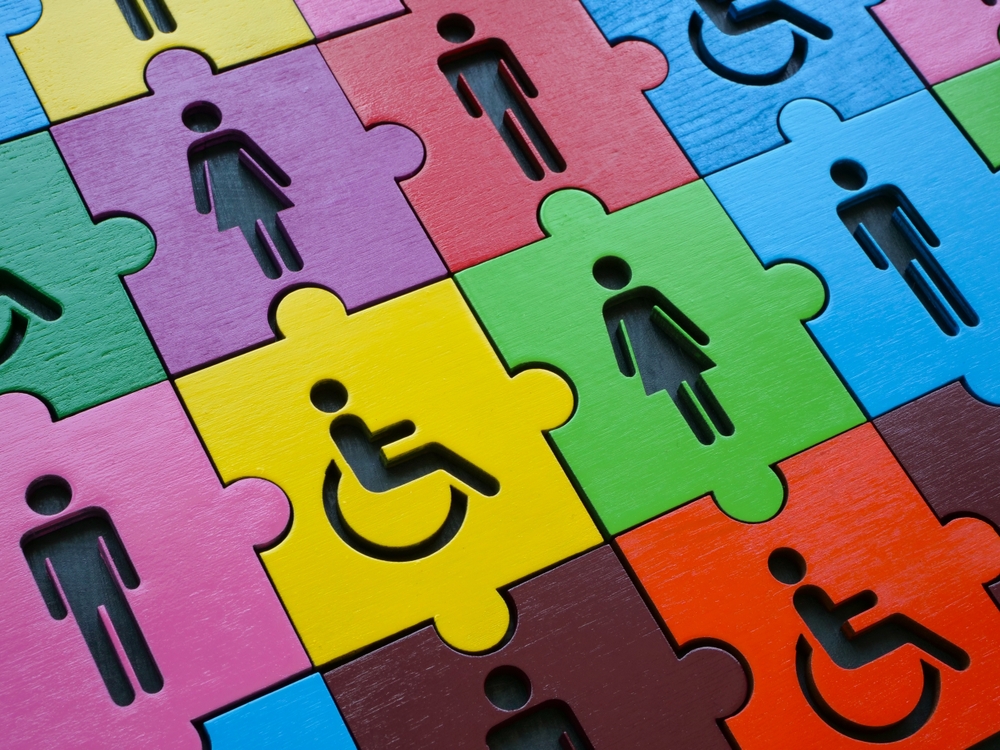As I sit at the departure gate of another airport, waiting to fly back home to Dublin. I take in a beautiful landscape, a view that I am unfamiliar with and taken by, I begin to reflect on the session I facilitated earlier with a group of open and energetic participants. I wonder, as I always do, about the kind of impact (if any) my facilitation had. I am curious about what it was that may have made the session meaningful and memorable for the participants. It is in these kinds of reflective moments that I remind myself of the personal mantra I use before every session I facilitate. My well-established pre-session routine always begins with a deep breath, followed by the words; ‘remember, above all else bring; some passion, some compassion, some humour and some style’. This mantra, which has clearly been inspired by the words of Maya Angelou, has been my go-to, self-talk tool for many years. However, it still takes effort and conscious attention and honestly, the style piece is lagging far behind. The passion and compassion elements I can tap into in genuine ways because I’m at my happiest when working with people. I find the humour to be the most challenging part. Given that I am naturally a funny person, I am not challenged with issues of confidence, execution, timing or poor taste. I find it challenging because it springs up spontaneously and so, I need to pay close attention to the details of each context, to ensure any humour I use reaps benefits for my participants.
As a facilitation tool, I have seen first-hand the many positive attributes of humour. From my experience I have noticed that humour used by a facilitator has the power to:
- Reduce tension among participants
- Support people in feeling welcome and opening up
- Enable a relaxed atmosphere to help people feel at ease
- Support people in adapting or changing their perspective
- Promote creativity
- Encourage storytelling and playfulness
Given these positive benefits, is there a right way to use humour when facilitating? There is a time and a place for everything, and this sentiment is never as true as in the case of humour. When considering tips for incorporating humour into a facilitation session, remain mindful that humour is a matter of taste and the skill of an experienced facilitator is to read the room, the participants and the context to make an accurate assessment on whether humour has a place or not. Based on our extensive facilitation experience in Roffey Park Institute I have outlined how humour can play a part in each of our “Seven Steps to Effective Facilitation”.
Step 1: Set the boundaries
Naturally there are some topics and situations that will lend themselves more easily to the use of humour. As a facilitator you are in a lead role where your behaviours can influence peoples’ perceptions of where the boundaries are. Clearly demonstrating your tolerance for humour through modelling is useful in helping participants to understand how they may use humour too.
Step 2: Remain impartial
Some types of humour ask us to pin our colours to the mast. Humour should remain situational rather than personal. Even if you are using humour in relation to yourself. The focus should remain on the situation and not the individual as it is easier to encourage participants to think about aspects of the situation rather than aspects of the person.
Step 3: Understand group dynamics
If humour has a place in a context and you, through your demonstration of humour let the participants know that, be sure to create space for participants to use humour also. Once you have opened that door, be mindful that humour appears spontaneously for most people, so you can never be sure how humour might land. Also, the sense of humour gene is not present in all participants, so it is useful to not centre your facilitation around humour, but rather pepper your session with it and have a recovery strategy, in case it doesn’t land as you expect it to.
Step 4: Use your personal style
The golden rule of humour is to be yourself. Not everyone is a born comedian and we can probably call to mind at least one occasion where someone ‘tried’ to use humour. Just because you don’t have people rolling around the floor with tears in their eyes, or even cracking much of a smile, doesn’t mean you can’t use humour, you will have your own style, that you will be aware of and if the context permits, that is the style to use.
Step 5: Intervene when appropriate
Humour can be a wonderful icebreaker. If there is a great deal of tension or anxiety, then a moment of tasteful levity can be an appropriate intervention. Setting participants up for an experiential piece that requires creativity, playfulness or openness can be aided when a facilitator uses humour with participants before they commence. Humour can act as a memory aid, helping us to relax and recall items from our past.
Step 6: Handling difficult situations
In these instances, humour should certainly not be used to make light of the situation and participants will need to be in the mood. Where it may have a place is in helping people bond with each other. It can also be used to foster a sense of trust and openness, which can be helpful in difficult situations. If the difficult situation ends with relief, happiness and even a little (appropriate) laughter, humour was used effectively.
Step 7: Practice, practice, practice
I am fortunate to come from a culture where storytelling is a big part of who I am. This allows me to practice situational humour regularly. Even if humour is a new addition to your facilitation play book, the practice rule applies. Being aware of the best warm-up technique I can offer you for developing this skill may be of help; consciously work on not taking yourself so seriously, this will make your use of humour even more effective.
At Roffey Park we believe facilitation is a key skill for all leaders and managers to help work within groups and unblock challenges. We’re proud of our range of facilitation programmes from introductory to advanced. So, whether you are looking to enhance your leadership skills or looking to progress to become a specialist facilitator we will be able to assist you:
Practical Facilitation Skills – A two-day course for line managers or HR, OD or L&D professionals who want to enable their teams to be more productive or who are driving change and delivery improvement.
Advanced Facilitation Skills is a three-day programme that is a rich, rewarding and challenging experience for experienced facilitators to deepen their ability to work with groups. The programme explores the nature of facilitation and group dynamics while examining different approaches to the art of facilitation.





